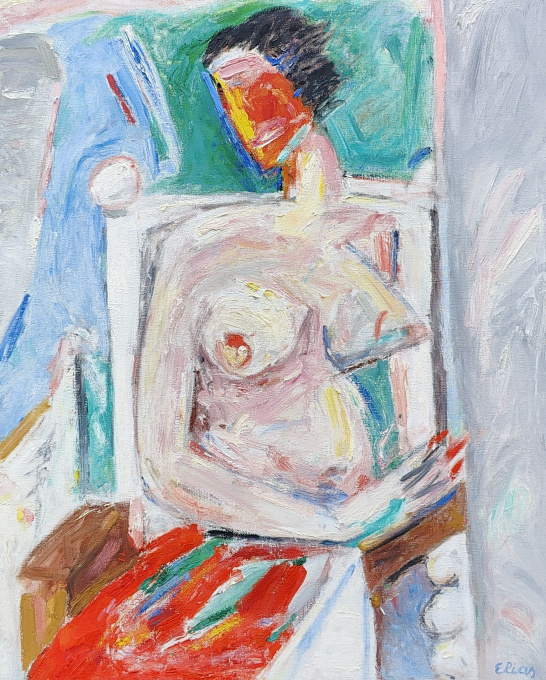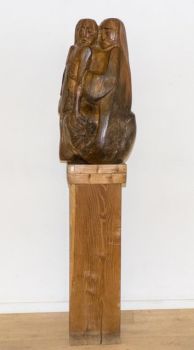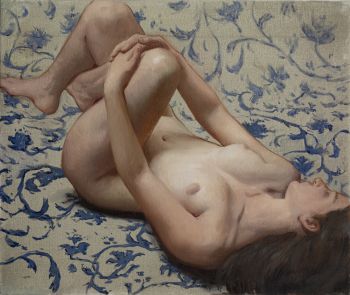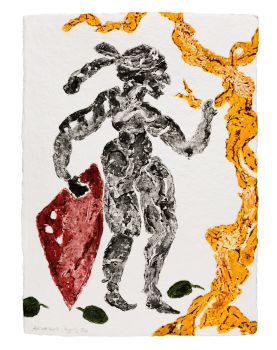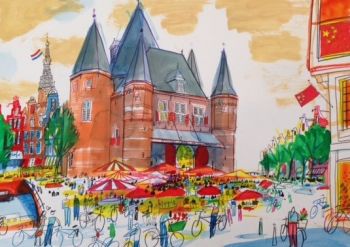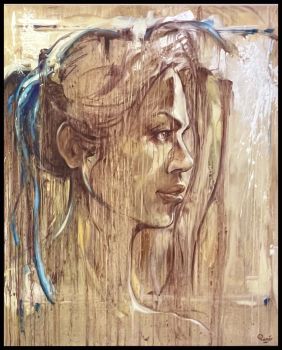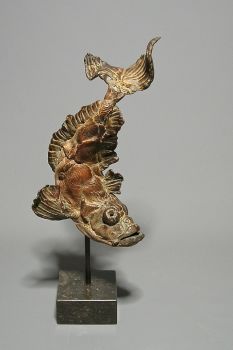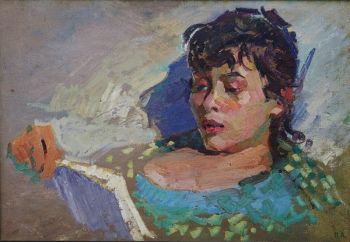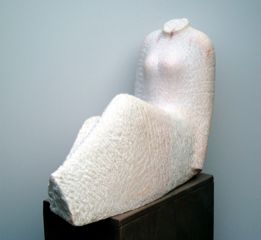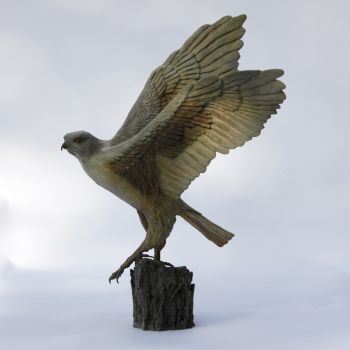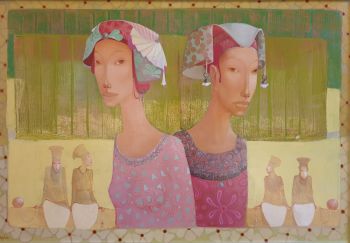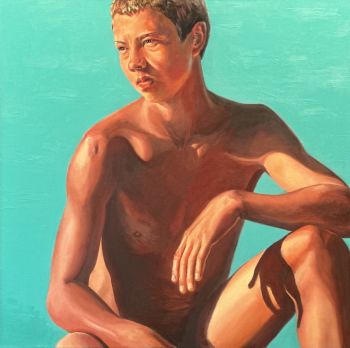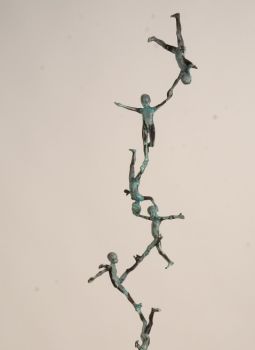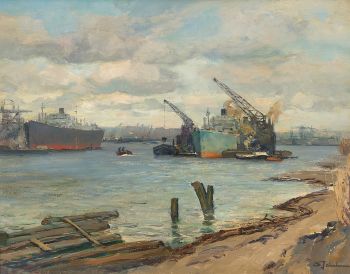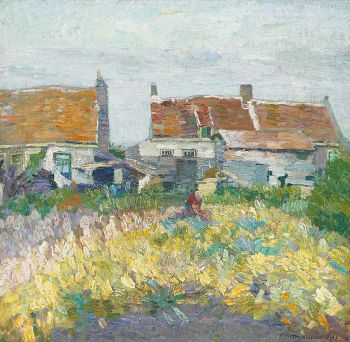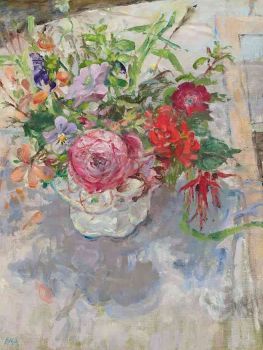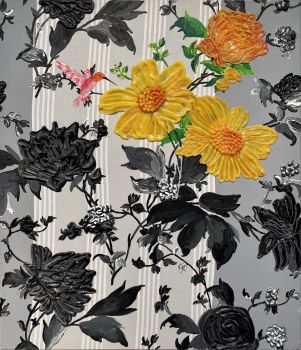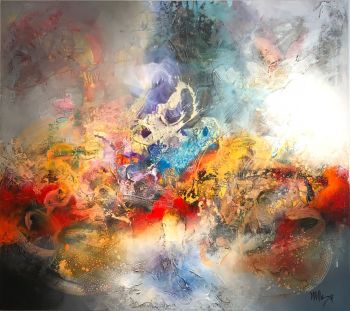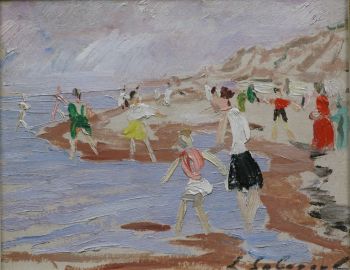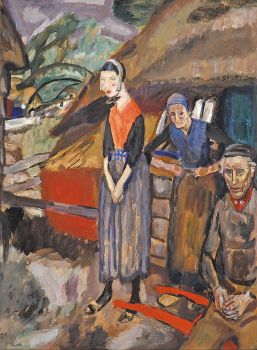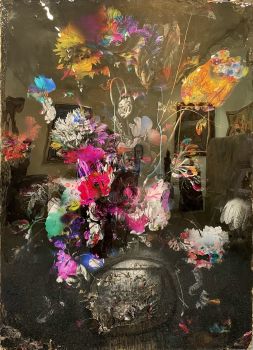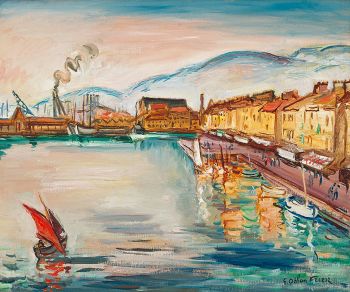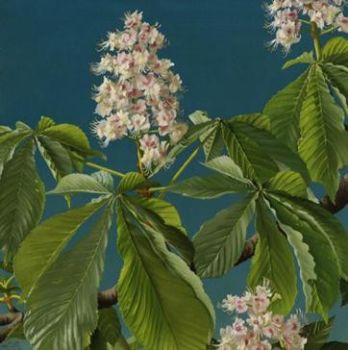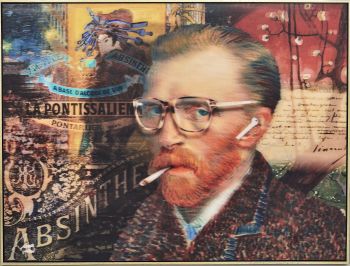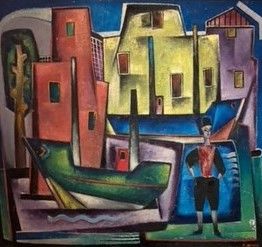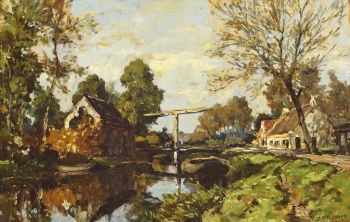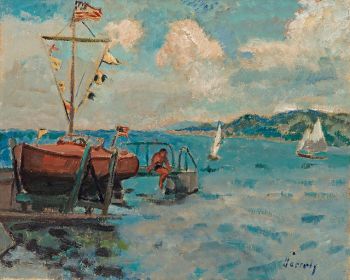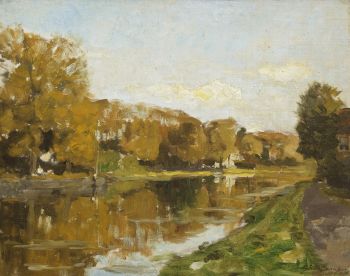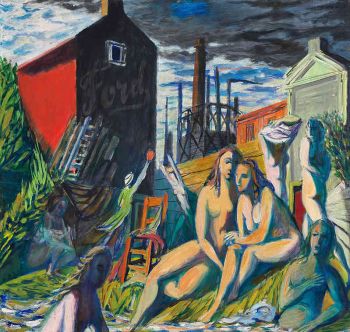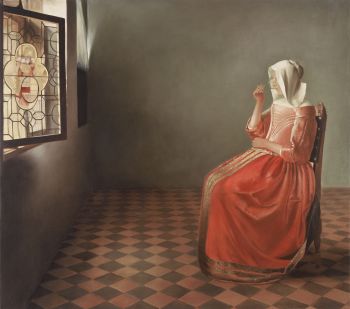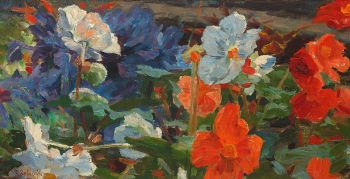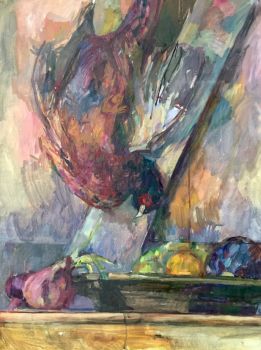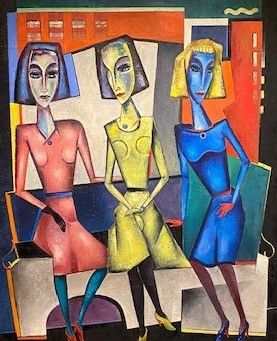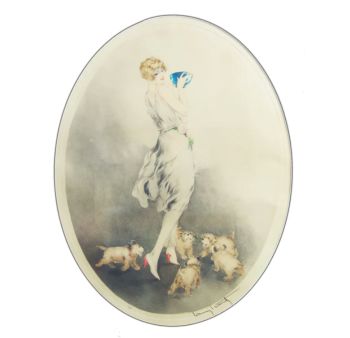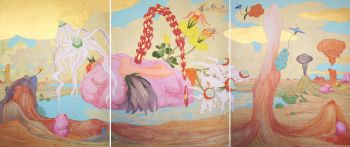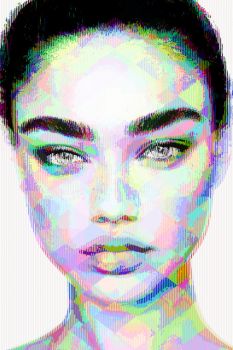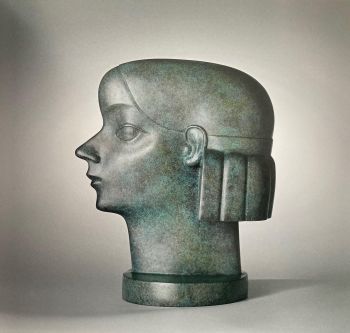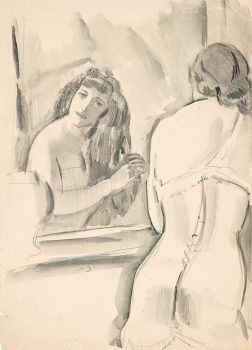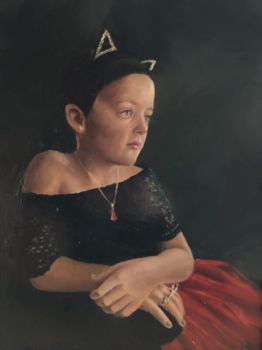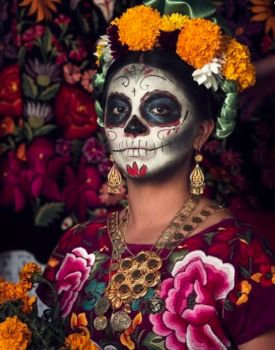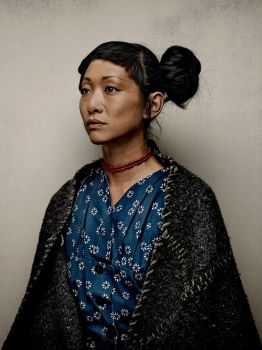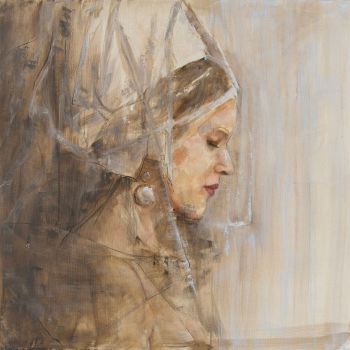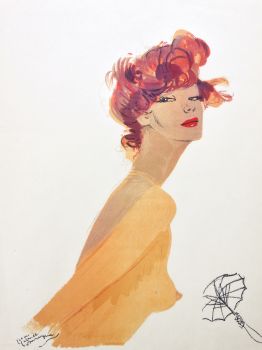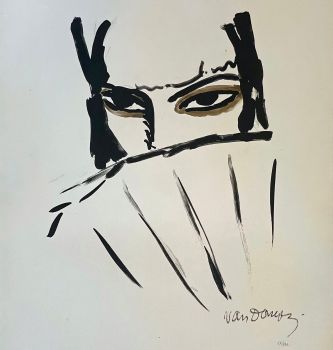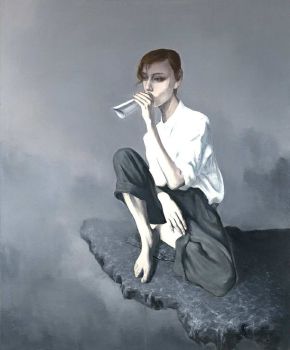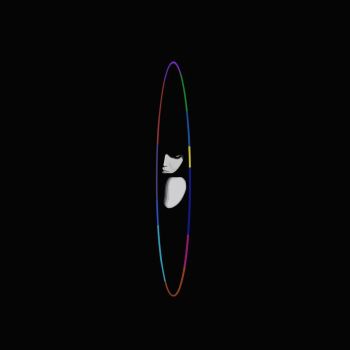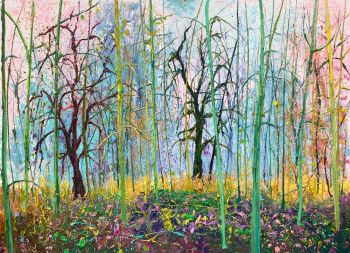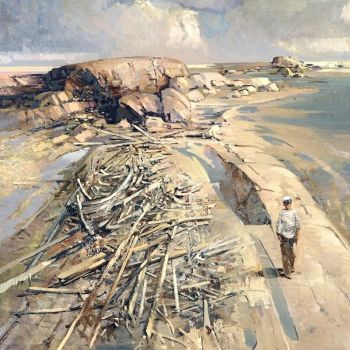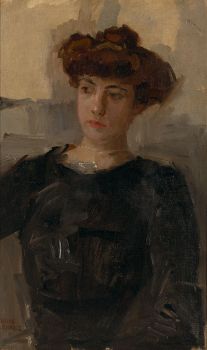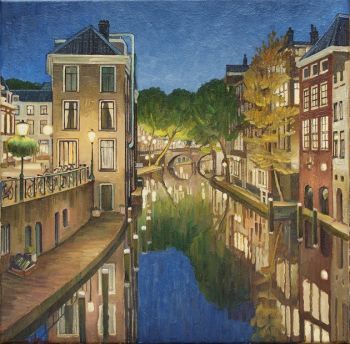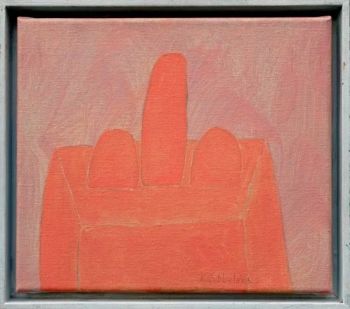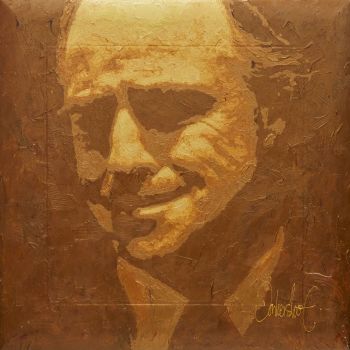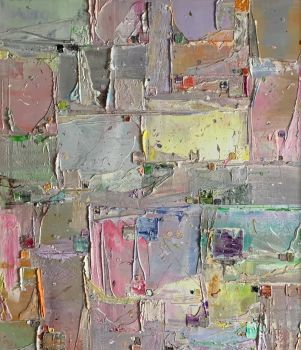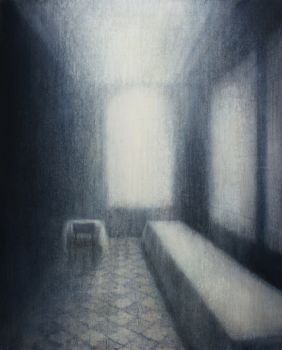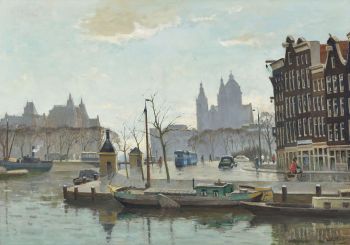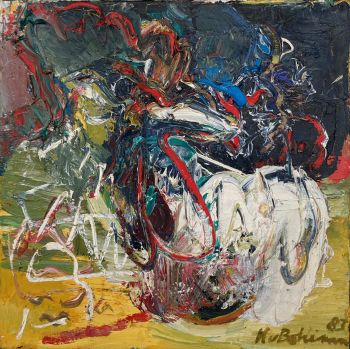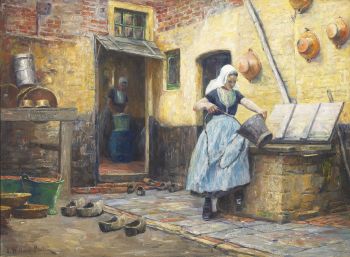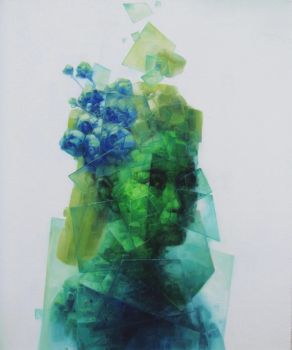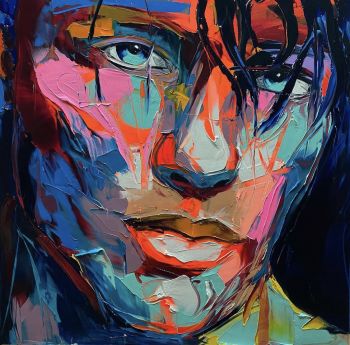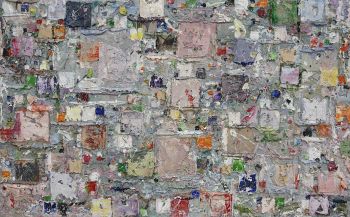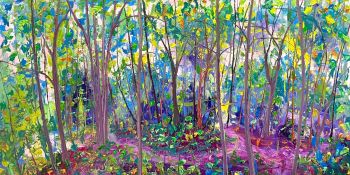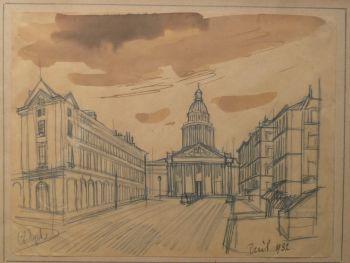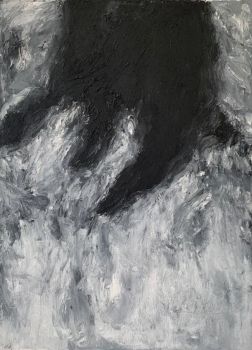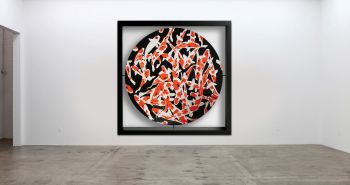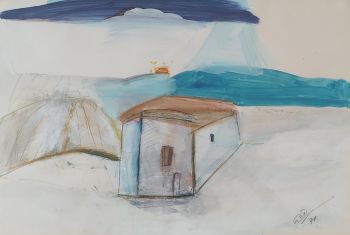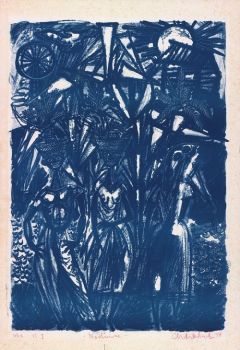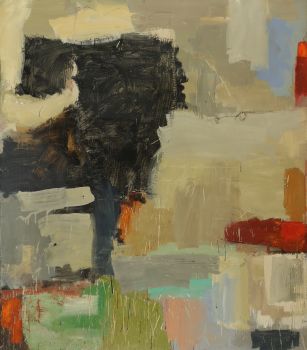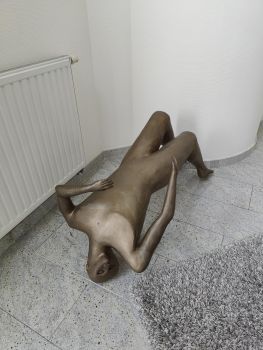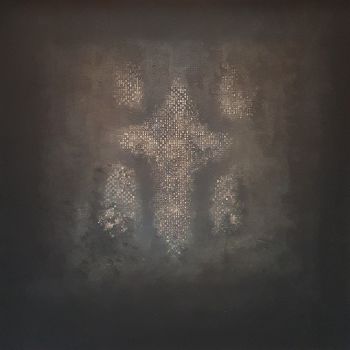‘Blijde verwachting’ 1982
Etienne Elias
Original oil on canvas
100 ⨯ 80 cm
ConditionVery good
€ 3.000
Galerie Mia Joosten Amsterdam
- About the artwork‘Blijde verwachting’
Olieverf op doek
100 × 80 cm
1982
Herkomst: Galerie Collection d’art Amsterdam
€ 3.000,- - About the artist
Etienne Elias, born on April 23, 1936, in Oostende, and passing away on May 23, 2007, in the same coastal town, left an indelible mark on the world of art. His vibrant and striking figurative paintings bore influences from the pop art genre. Elias was not only a painter but also a graphic artist and draftsman who collaborated with renowned artists like Roger Raveel and Raoul De Keyser.
During the 1970s, he gained acclaim as an artist in the Netherlands. In the 1980s, he transitioned into a neo-expressionist style. His favorite subjects encompassed not only Oostende and the human figure but also delved into art history, paying homage to early Italian Renaissance masters such as Fra Angelico, Giotto, and Piero della Francesca, as well as the Flemish Primitives exemplified by Jan Van Eyck.
Elias possessed an extraordinary perspective on the world, imbuing everyday reality with a touch of magic, poetry, humor, irony, and expressiveness through his art.
Born Etienne Michiels, Etienne Elias nurtured his aspirations to become an artist from a young age. His inspiration sprouted after encountering the works of James Ensor at Mayor Henri Serruys' residence and Leon Spilliaert's creations at the home of the subsequent mayor, Adolf van Glabbeke.
He honed his artistic skills for five years at the Royal Academy of Fine Arts in Ghent, where he received comprehensive instruction in drawing and the technical aspects of painting. Elias proved himself as a talented draftsman, evident in his various pencil works like "Portrait of Olga Hautekeete" (1971). Upon leaving the academy, he was honored with the Deleu Prize.
At the age of twenty, he briefly assumed the name Brother Elia, which later led to his pseudonym Elias, during his stay at the Augustinian monastery in Ghent. There, he initially focused on non-figurative painting and later adopted a style reminiscent of the Flemish expressionists of the Latem School when depicting apostles.
Four years after leaving the monastery, he returned to Oostende and embarked on his lifelong artistic journey, constantly exploring various art styles. Like Roger Raveel, Elias found inspiration in his immediate surroundings.
Initially, his work delved into unbridled abstraction, leaning towards matièrist painting. In the 1960s, his encounter with Roger Raveel led his work towards colorful figurative art reminiscent of the pop art movement.
While the art world saw the rise of pop art, minimal art, and conceptual art, Belgium remained a fertile ground for painting. Etienne Elias was at the forefront of this resurgence of painting in the early 1960s, a time when painting and the medium of paint were considered irrelevant or outdated. The defining characteristic of this new artistic movement was a strong preference for the figurative, termed the "New Figuration." In Elias's work, this figurative approach always connected with the everyday. Through his unique perspective, the artist infused everyday reality with a magical, poetic, humorous, ironic, and expressive essence.
In 1962, he received an honorable mention at the awarding of the Europa Prize in Oostende. In 1963, he exhibited at the Chèvre Folle gallery, a somewhat dilapidated artist's haunt near the Sint-Petrus-en-Paulus Church, which served as a meeting place for local progressive artists, including Willy Bosschem, Roland Devolder, Jan de Lee, Yves Rhayé, Jef Van Tuerenhout, and many others.
In 1964, Elias showcased his work at the Casino Kursaal in Oostende, featuring an assemblage of dolls, chairs, and other pieces of furniture. "The Apple" (1963-1964) can also be considered a painted assemblage.
The period of 1963-1964 marked his transition to the figurative style, influenced in part by the works of Roger Raveel, as seen in "A Man by the Sea" (1963).
Collaborating with Roger Raveel, Raoul De Keyser, and the Dutch artist Reinier Lucassen, Elias worked on the mural paintings in the cellars of Beervelde Castle, commissioned by Count de Kerckhove de Denterghem. Elias primarily depicted modern comforts and human presence in the bathroom, a self-portrait, and a few figures inspired by the "Adoration of the Mystic Lamb" by Jan Van Eyck. This project led to a lasting friendship between Elias and Lucassen. Although the artwork in Beervelde is often associated with the art movement known as the "New Vision," the artists were not entirely comfortable with this label and eventually pursued their individual paths.
In 1966, Etienne Elias received the Prix Jeune Peinture Belge laureate and was awarded the Prize of Young Belgian Painting in Brussels, solidifying his place in the world of art.
Are you interested in buying this artwork?
Artwork details
Related artworks
- 1 - 1 / 1
- 1 - 4 / 24
Egbert Rubertus Derk Schaap
GEZICHT OP KORTENHOEF1862 - 1939
Price on requestGalerie Het Noorderlicht
Egbert Rubertus Derk Schaap
LANDSCHAP AAN DE VECHT1862 - 1939
Price on requestGalerie Het Noorderlicht
1 - 4 / 24- 1 - 4 / 24
Isaac Israels
"Een essayeuse bij het modehuis Hirsch"1865 - 1934
Price on requestStudio 2000 Art Gallery
Valentine Willaert Fontan
ZEEUWSE MEISJES BIJ DE WATERPUT1892 - 1939
Price on requestGalerie Het Noorderlicht
1 - 4 / 24- 1 - 4 / 12

